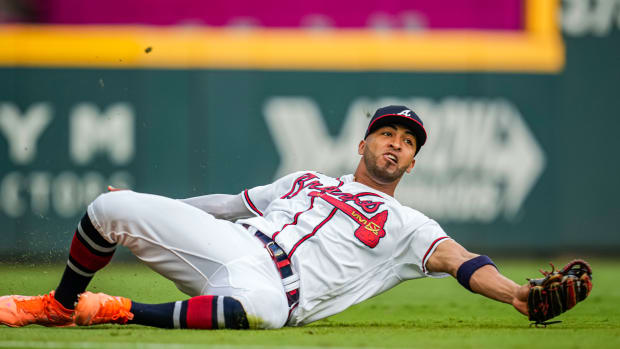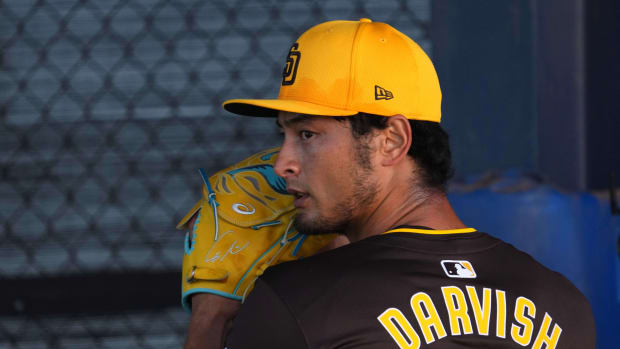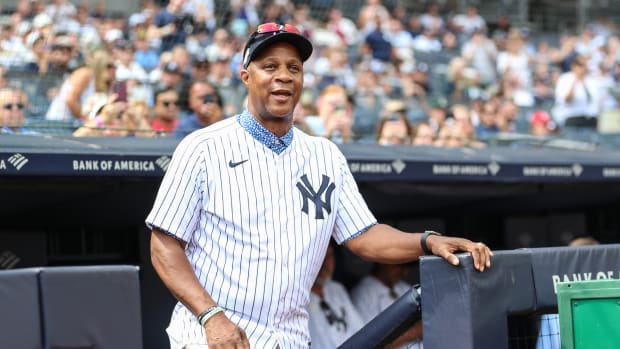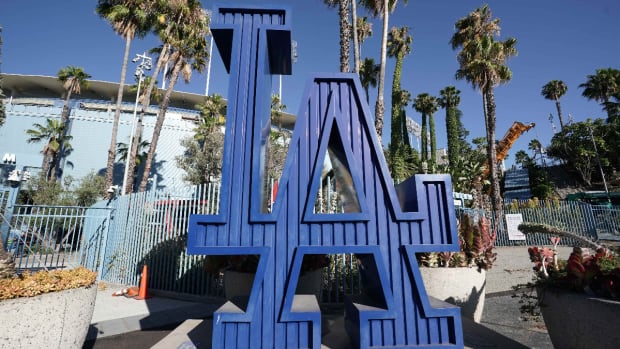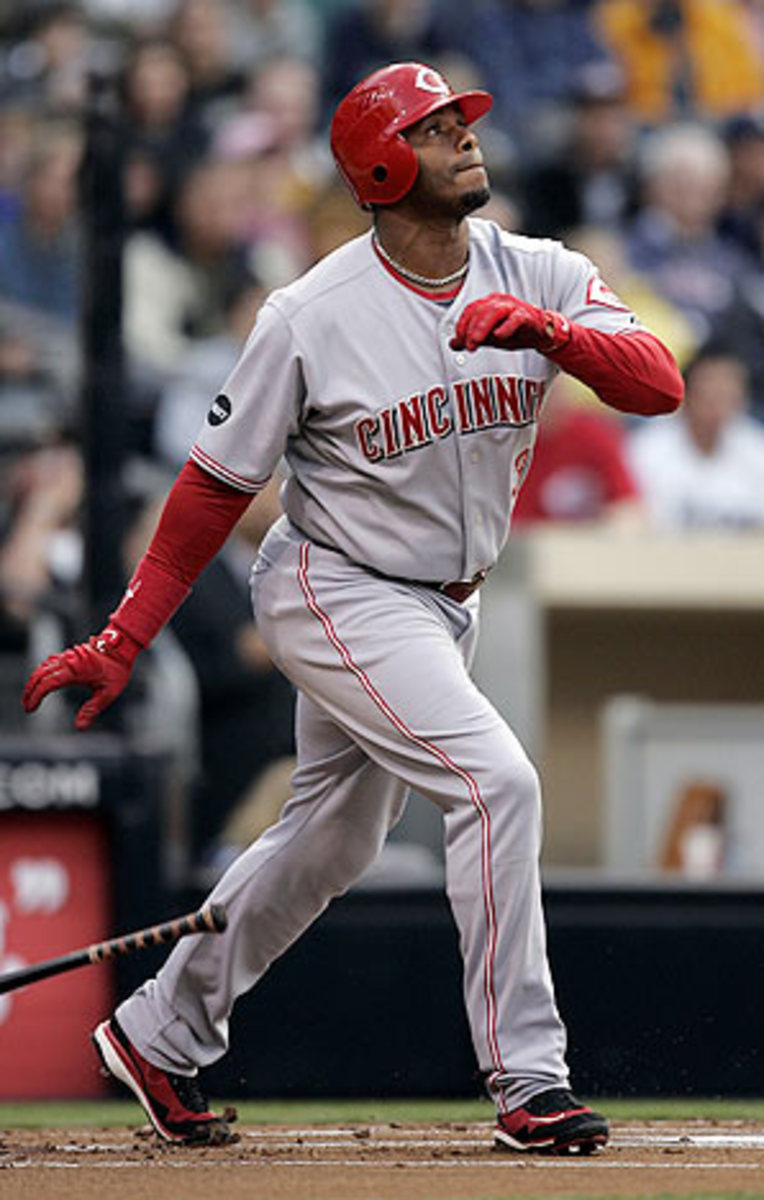
Unconventional Thinking: Celebrate the player, not the round number
Today, tomorrow, Sunday ... sometime soon, Manny Ramirez is going to turn on a pitch, yank it deep into the left-field seats, and set off a celebration. Over in the National League, Ken Griffey Jr. will uncoil that long swing and do much the same. Each is on the brink of a round-number milestone -- 500 homers for Ramirez, 600 for Griffey Jr. -- that will set our base-ten-lovin' hearts pumpin'.
What will the homers mean? Well, 500 homers means the player was good enough to hit one more than 499, and one less than 501. We'll make a bigger deal over it, live cut-ins and standing ovations and curtain calls, but the value of a 500th homer, though, is no more or no less than any other, divorced from the context in which it was hit.
This is a fairly dismissive argument. You may take it to mean that hitting 500 homers has lost its value because so many players -- eight, more than a third of the 23 total -- have done so since 1999, which is not the point at all. Any round number -- 500 homers, 3,000 hits, 300 wins, 3,000 strikeouts -- is just a milestone, and most of baseball's milestones were imbued with their meaning less than halfway through the game's history, a time in which 16 teams of 23 or 24 players played 154-game seasons and were as subject to medical mishap as the players who came after them would be well cared for. Some of those players built careers during periods when hitting 500 home runs was an impossibility; the conditions of the game before 1920 wouldn't allow for it. A few, such as Fred McGriff and Dave Winfield, lost just enough time to labor stoppages to put 500 out of their reach. Some great hitters were affected by the second deadball era of the 1960s -- Carl Yastrzemski and Willie Stargell might well have hit 500 had they been born later.
The point is that the list of the players to hit 500 or more home runs is just that: a list of names and numbers. It's up to fans, historians and the players to fill in the stories around them. Manny Ramirez isn't a round number. Ken Griffey Jr. isn't one data point in his stat line. We evaluate the players and their careers by everything they do, the doubles they hit, the walks they draw, the plays they do or do not make in the field, what kind of postseason moments they have. In these specific cases, both Ramirez and Griffey will live on long after they've been passed on a list of names and numbers because they've made memories for fans -- a young Griffey, leaping over a wall to steal a home run; Manny being Manny, mixing jaw-dropping displays of raw talent with an obliviousness at which you can only shake your head and smile.
To those who would say that hitting 500 home runs has been devalued, I submit a brief history lesson with some math tacked on. In 1959, there were 2,476 major league games played. In that season, 150 players got at least a part-time season's worth of plate appearances: 250. There were 93,788 plate appearances in MLB as a whole, and 2,231 home runs hit.
In 2007, there were 4,862 MLB games played. In that season, 298 players got at least a part-time season's worth of at-bats: 250. There were 188,623 plate appearances in the league as a whole, and 4,957 home runs hit.
Expansion -- of season, of league, of player pool -- leads to more of everything. That is the single biggest reason why there are more players hitting 400 and 500 home runs than there were previous to expansion. The "more" hasn't been evenly distributed among pitching milestones and hitting milestones because the non-expansive changes in the game have curtailed pitcher usage over time. Additionally, trends within the game have tended to favor hitters, and power hitters, over the past 15 years. If those trends were to reverse -- if run scoring were to drop and it become the norm to get starters 40 starts a season -- 300-game winners would emerge, just as they did in the 1980s.
Pitching wasn't "better" by some great amount in the 1970s, not on its own. There was a generation of pitchers who developed their arms in wonderfully pitcher-friendly environments in the 1960s, limiting their effort at young ages. That group moved into the 1970s, the local peak of starter usage since the deadball era, and handled high workloads thanks in part to what they hadn't had to pitch through in the 1960s. If you swapped the pitchers who were born from 1941-1951 with the ones born 1971-1981, you'd find the latter group would stay healthier and have better statistics than their moved-forward predecessors. Statistics are not the story of baseball players. They are the story of the players and the context of their play.
When Manny Ramirez hits his 500th home run, I'll cheer. I won't be cheering just a round number; I'll be cheering a man who has made baseball fun to watch, and whose talents I have enjoyed for more than a decade. When Ken Griffey Jr. belts No. 600, I will do the same, again appreciating not a moment, but all the moments that led up to this one. Don't get caught up in the "00"; get caught up in a game that gives us such wonderful talents to appreciate.































